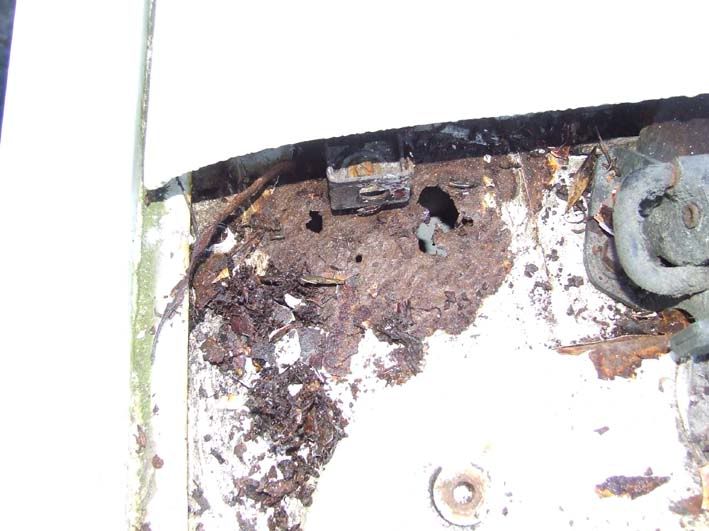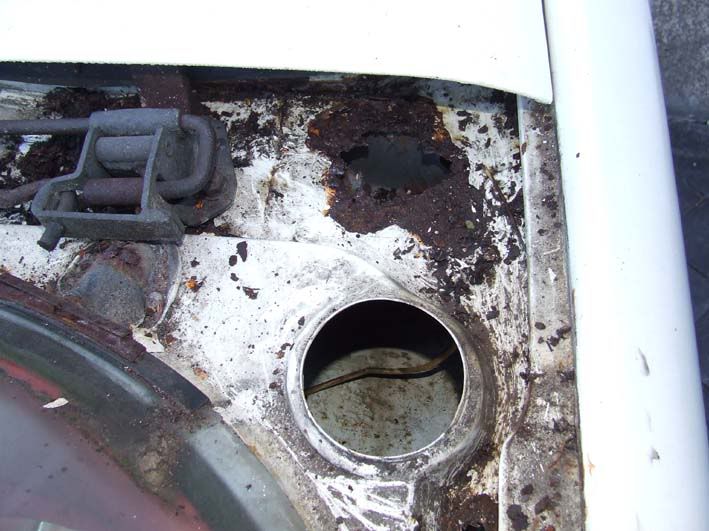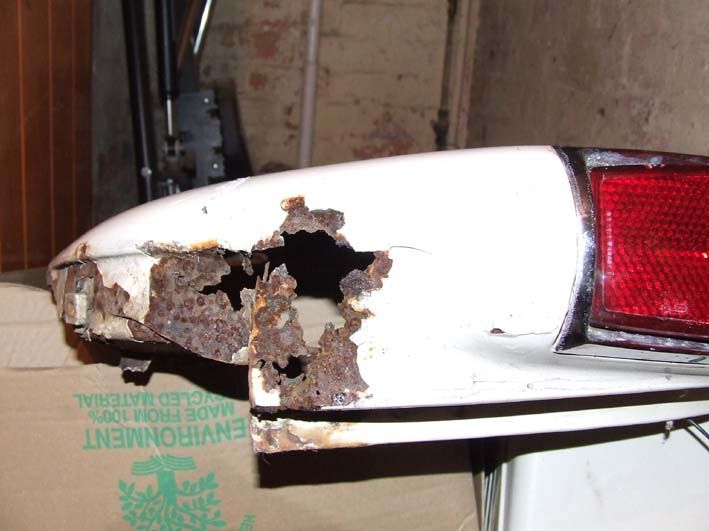I have been meaning to put something up for a while here is our family 1965 Rover 2000 SC.

Having bought the car 12 months ago we decided to run it for a year to see if we could live with it. As I am sure you have all found they are extremely easy to live with so it is staying. A year later the dreaded MOT comes around again and unfortunately the dreaded tin worm has been busy since it's last test. It has got into the normal areas, front jacking points and bottom of the A post, the ridiculously thin seal channels and under the rear scuttle panel. Having gone around the car and estimated the cost of getting all the work done professionally to be in the region of £1500 to £2000 and therefore not cost effective, I have decided to have a go myself starting with the worst section the offside front jacking point and A post. If I can do that the rest should not be too much of a challenge as the rest of the car is in much better shape.
This is what I found when I removed the fibreglass a previous keeper had covered the rot with at some point in the past. Somebody clearly liked his fibreglass a little too much rather than welding in new metal. A theme which seems to follow through the car unfortunately, such as the six inch long hole gap between the inner sill and floor in the drivers foot well, which has now been replace with a seam welded repair plate.
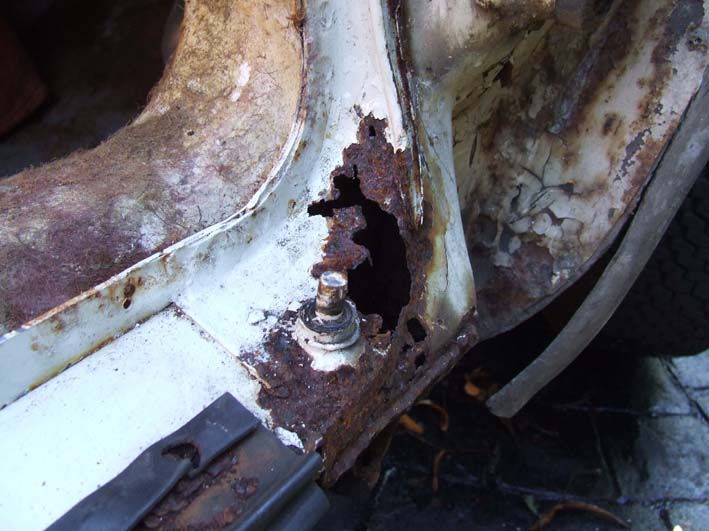
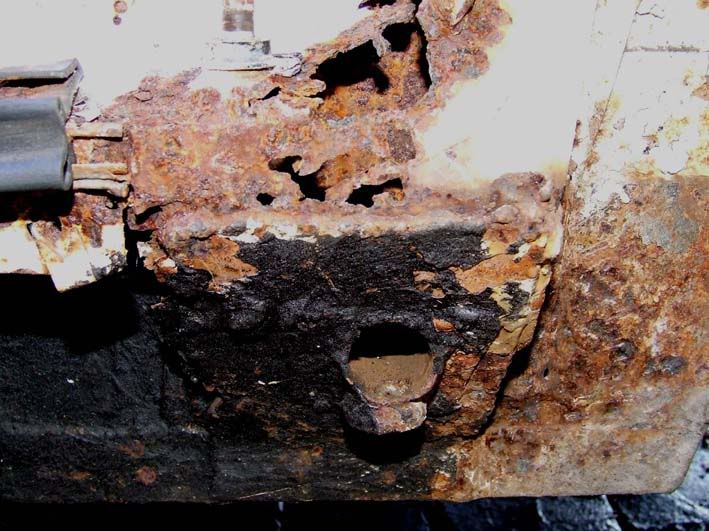
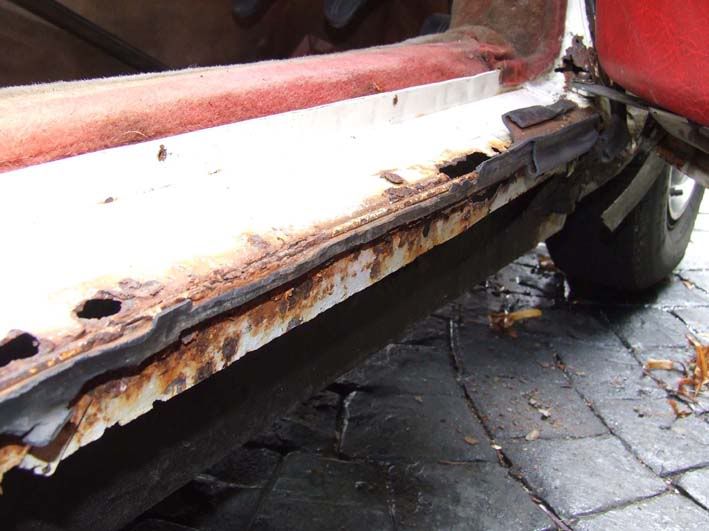
With the spot welds drilled out and the rusty metal removed the outer sill was found to have been repaired previously with heavier gauge steel which whilst not pretty, was very solid so I am leaving most of it along. Unfortunately the section around the jacking tube appeared to have been stitched together from scraps of steel off the garage floor of differing gauges and had rusted badly so I cut it out and seam welded a repair section in around the jacking tube.
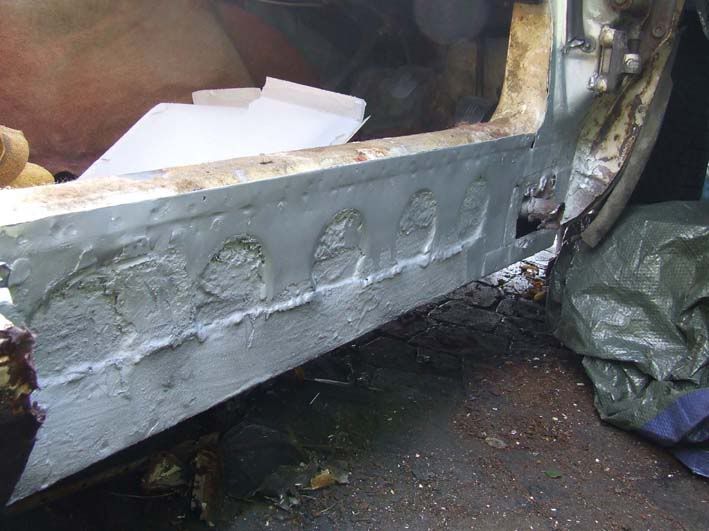
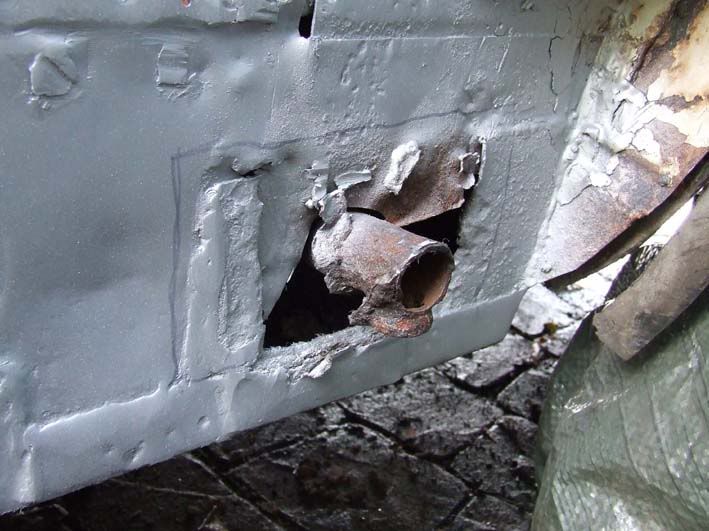
I was unable to source panels for the front corner of the base unit/bottom of the A post so I fabricated my own which once spot welded in was almost the right shape with only a mm or so of difference from the original. I will adjust this out with a few gentle taps before fitting the seal channels and painting. Tread plates were also fabricated in 2 sections, as I was limited on the length of steel I could fold in one section. As a slight change to the original design I have folded the flange on these up against the flange on the outer sill as this makes plug welding them in considerably easier than with the flange folded down and having replaced the door it does not effect the door gaps.
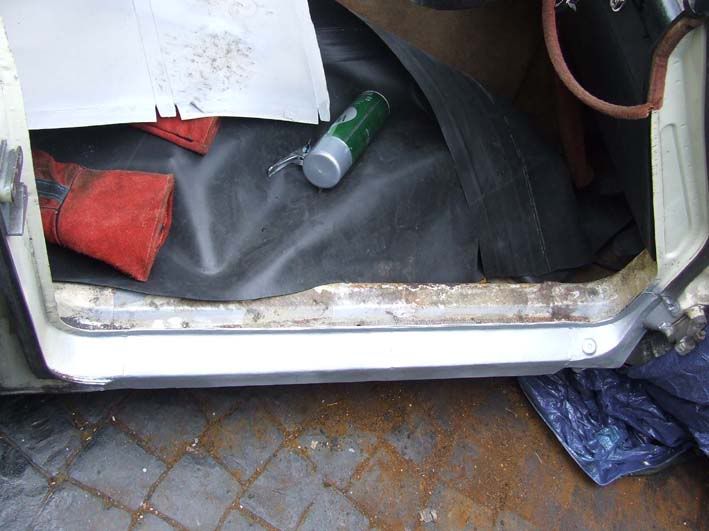
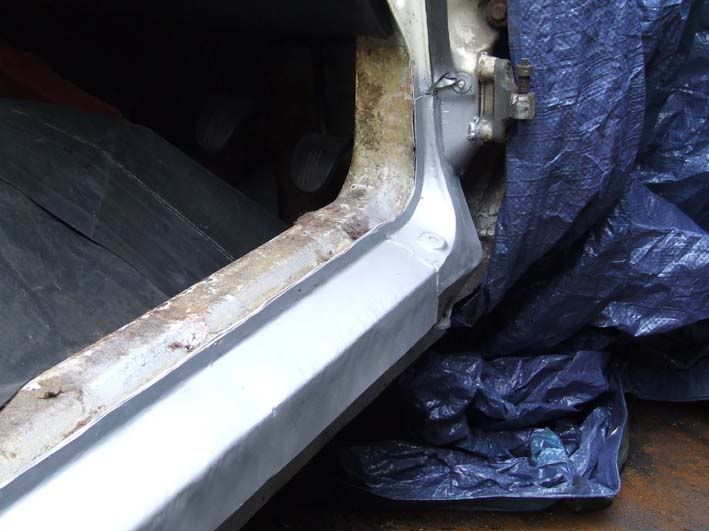
Next step is to graft new metal into the two holes under the rear scuttle panel that let water into the boot and decide if I want to go mad and tidy up the old boot floor repair patch.
Sorry about the length of this first post I had intended to put it up sooner in instalments.
Why are wasps so attracted to U-Pol zinc weld primer, not quite the buzzing you want to hear whilst mig welding.

Having bought the car 12 months ago we decided to run it for a year to see if we could live with it. As I am sure you have all found they are extremely easy to live with so it is staying. A year later the dreaded MOT comes around again and unfortunately the dreaded tin worm has been busy since it's last test. It has got into the normal areas, front jacking points and bottom of the A post, the ridiculously thin seal channels and under the rear scuttle panel. Having gone around the car and estimated the cost of getting all the work done professionally to be in the region of £1500 to £2000 and therefore not cost effective, I have decided to have a go myself starting with the worst section the offside front jacking point and A post. If I can do that the rest should not be too much of a challenge as the rest of the car is in much better shape.
This is what I found when I removed the fibreglass a previous keeper had covered the rot with at some point in the past. Somebody clearly liked his fibreglass a little too much rather than welding in new metal. A theme which seems to follow through the car unfortunately, such as the six inch long hole gap between the inner sill and floor in the drivers foot well, which has now been replace with a seam welded repair plate.



With the spot welds drilled out and the rusty metal removed the outer sill was found to have been repaired previously with heavier gauge steel which whilst not pretty, was very solid so I am leaving most of it along. Unfortunately the section around the jacking tube appeared to have been stitched together from scraps of steel off the garage floor of differing gauges and had rusted badly so I cut it out and seam welded a repair section in around the jacking tube.


I was unable to source panels for the front corner of the base unit/bottom of the A post so I fabricated my own which once spot welded in was almost the right shape with only a mm or so of difference from the original. I will adjust this out with a few gentle taps before fitting the seal channels and painting. Tread plates were also fabricated in 2 sections, as I was limited on the length of steel I could fold in one section. As a slight change to the original design I have folded the flange on these up against the flange on the outer sill as this makes plug welding them in considerably easier than with the flange folded down and having replaced the door it does not effect the door gaps.


Next step is to graft new metal into the two holes under the rear scuttle panel that let water into the boot and decide if I want to go mad and tidy up the old boot floor repair patch.
Sorry about the length of this first post I had intended to put it up sooner in instalments.
Why are wasps so attracted to U-Pol zinc weld primer, not quite the buzzing you want to hear whilst mig welding.


